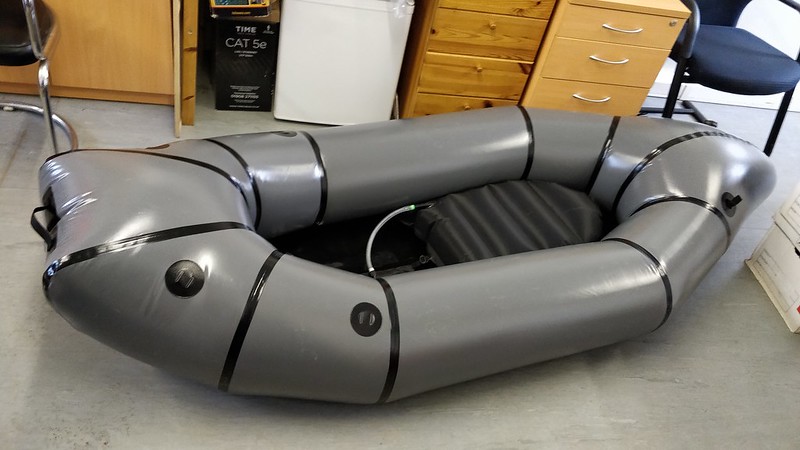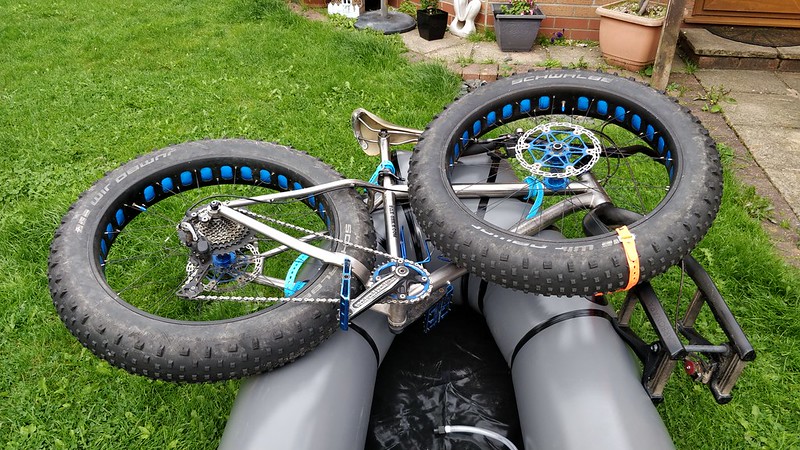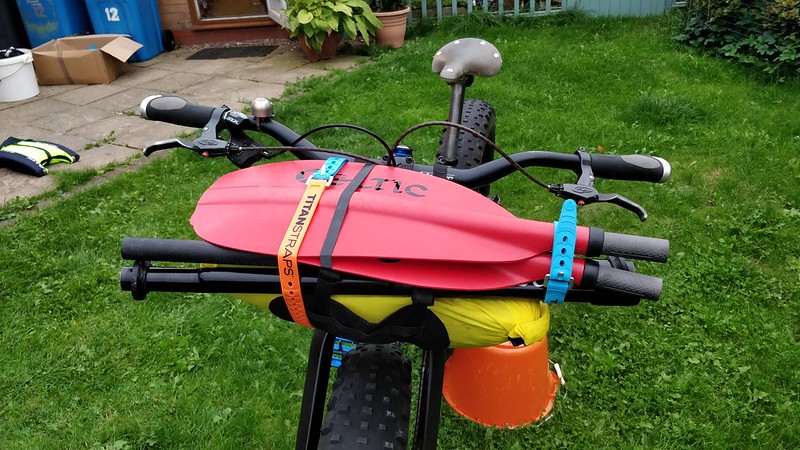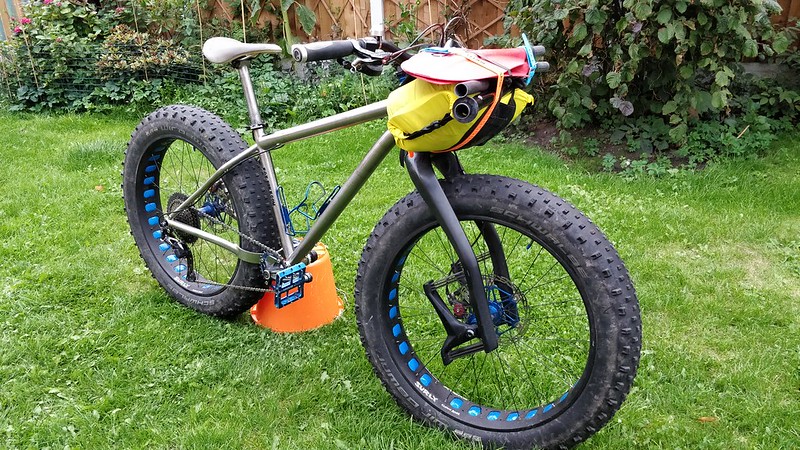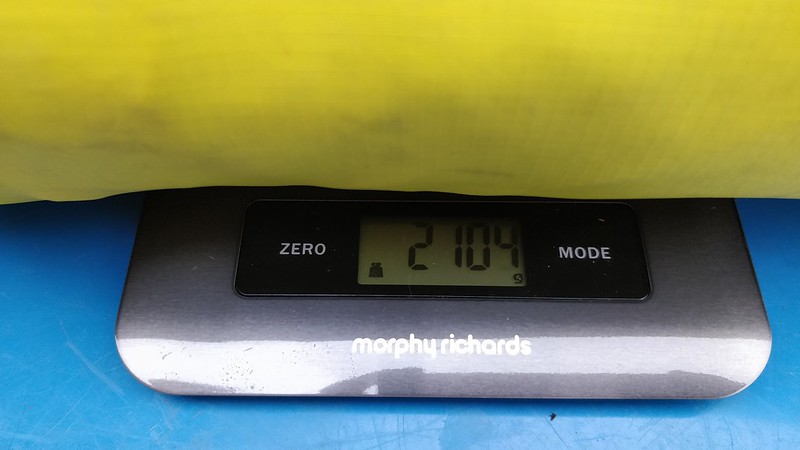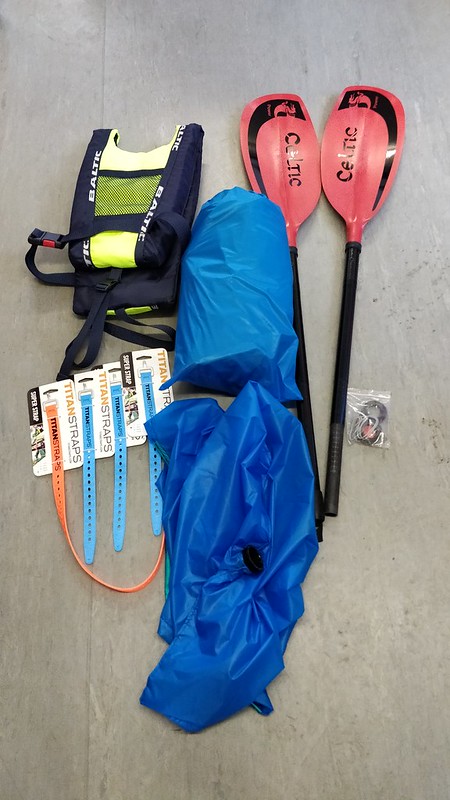Bearbonesnorm wrote:Is there no seperate back rest John?
I'm comfy on calm waters without a back rest. From WW II upwards and very definately at WW III I wouldn't want to be without.
thenorthwind wrote:JohnClimber wrote:
thenorthwind - I see you haven't gone for a spraydeck = The Caribou of for non white water rafting and load carrying across flat water
&
Where are you off next week? = Jura, Islay and Arran
I've found you still take on quite a bit of water dripping off the paddle even with drip rings and from general splashing about, enough to get a wet arse. But then your Caribou has the newer, bigger seat so that may help in that department.
Sounds like a great place to test it out. Just don't go for a closer look at the Corryvreckan!
Carefully placing a drip ring might help - but same here; even on calm water a bunch of hours paddling will get you wet from a dripping paddle. Also on the sleeves.
[smart-arse mode on]
JohnClimber wrote:Wish me luck
JohnClimber wrote:Where are you off next week? = Jura, Islay and Arran
No idea how much experience you have paddling in the sea, but you're heading into a serious area for kayak beginners and even more so for packraft beginners. I did my BCU 3* seakayaking training mostly in the Firth of Lorn and wow... quite some surprises with the effects of the swell and tides. Even without wind. Put wind into the situation and it gets quite complex.
You'll need luck if you're not aware of being at sea. If you plan to only paddle a few meters off land, remember along some of those shores you have cliffs and often shoals which will ask for some safety distance when there's a breeze or swell and suddenly you find yourself 200 m from land. Sea temperature is 13 °C in Oban at the moment which gives you about 13 min to get back in or onto land unless you're wearing a wet or dry suit. Yes, packrafts are easy to re-enter. But your's doesn't seem to have a cargo-zip, so gear is loaded on the boat and then there's that fatbike. I can only tell from white water river running and training in calm water, that flipping your boat back (you swimming) and hopping in isn't as easy depending on luggage and stuff you're wearing (PFD, tow/throw line around hip). In winds you can at least use the wind to help you flip the raft back. But make sure you train it and know how swimming is in the clothing/PFD you plan wearing.
I've seen the difference of currents and winds on some object (myself, tennis ball and seakayak included) in the Lorn and it's quite frightening how fast things can go in either direction. In the "right" place/moment you're simply not able to get to your boat and will have to swim ashore.
Obviously going with an experienced friend adds security.
There's much more to it and whilst I fully understand and often too just want to go out and have fun, it's actually also fun to get into a newish activity with good training and enjoy a steeper learning curve with less risk (or call it unneccessary risk). I started packrafting with little exercise and training and soon went on a remote river in Alaska (afraid of many things, insecure and even easy white water seemed like a dragon we needed to kill - was fun, but I surely would have enjoyed it even more with more knowledge/training). Did more rafting at home but was always afraid to go a bit bigger. Then, finally, after 3 years did a 2 day white water course and my paddling technique and confidence has exploded since. I actually know what I'm doing and can enjoy the same adventures more. If you're afraid that you'll loose part of the fun by dropping risk levels, you still can up the game and get back into that tickling spot.
[smart-arse mode off]
Enjoy your holiday

